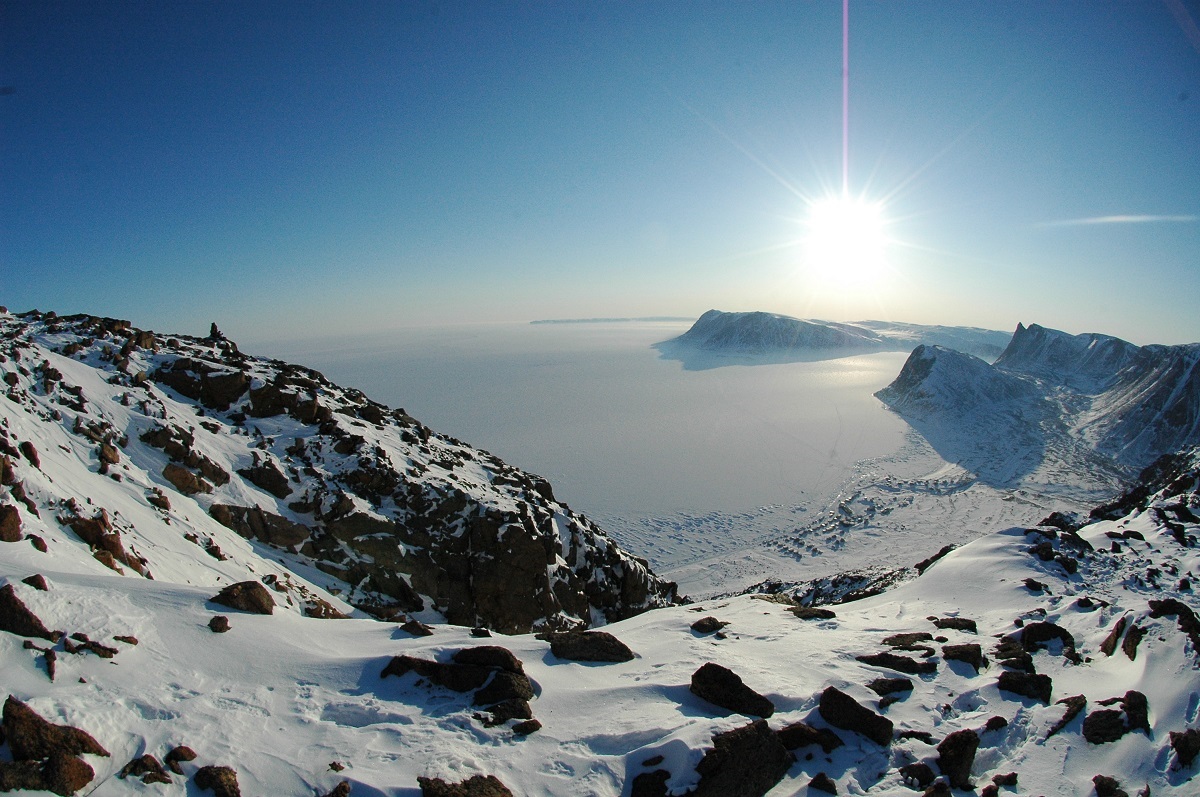
Nunavut is the newest, largest, and northernmost territory o Canada. It was separated officially from the Northwest Territories on April 1, 1999, via the Nunavut Act. Nunavut comprises a major portion of Northern Canada and most of the Canadian Arctic Archipelago. Nunavut is the largest in an area and the second least populous of Canada's provinces and territories. One of the world's most remote, sparsely settled regions, it has a population of 35,944, mostly Inuit, spread over an area of just over 1,750,000 km2(680,000 sq mi), the size of Western Europe.

The Northwest Territories (NT or NWT) is a territory of Canada. At a land area of approximately 1,144,000 km2 (442,000 sq mi) and a 2011 population of 41,462, it is the second-largest and the most populous of the three territories in Northern Canada. Its estimated population as of 2016 is 44,291. Yellowknife became the territorial capital in 1967. The Northwest Territories, a portion of the old North-West Territory, entered the Canadian Confederation on July 15, 1870, but the current borders were formed on April 1, 1999. The Northwest Territories are bordered by Canada's two other territories, Nunavut to the east and Yukon to the west, and by the provinces of British Columbia, Alberta, and Saskatchewan to the south.

Yukon is the smallest and westernmost of Canada's three federal territories. The territory has the smallest population of any province or territory in Canada, with 35,874 people. Whitehorse is the territorial capital and Yukon's only city. The territory was split from the Northwest Territories in 1898 and was named the "Yukon Territory". Most of Yukon has a subarctic climate, characterized by long cold winters and brief warm summers. The Arctic Ocean coast has a tundra climate.



